Mass Effect: Mass Amounts Of Detail On The Races
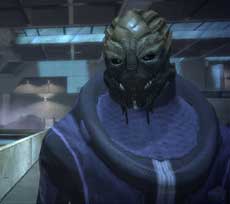
The detail that BioWare goes into when creating a game universe is staggering. Case in point is the rundown of the races in Mass Effect that was released earlier. The document goes into painstaking detail on all of the races from the game. When we say detail, we really mean it. This is some major information overload, possibly more than can be handled in a single sitting. Our brains are on the verge of combustion after having finished the damn thing.
So, what do we learn about the races in the Mass Effect universe? We’ve decided to include the document below for your pleasure. As you can see, it is as detailed as indicated. We expect nothing less from BioWare, and instead of deterring us with so much reading we are even more intrigued and excited by Mass Effect.
In addition to the information, we also have all new screenshots of the races in the gallery below. The images continue to reinforce how beautiful the game is going to be. Enjoy your information overload.
The Alien Races of Mass Effect
Systems Alliance Office of Naval Intelligence
ONI-6078-A1: Xenological Threat Assessments
The Turian Hierarchy
Your Daily Blend of Entertainment News
The turians are the greatest threat to Alliance interests. While the batarians are more openly hostile, they are a second-rate power. The Hierarchy is powerful, stable, and proactive in suppressing perceived threats. There is continued friction between jingoistic human and turian organizations, who wish to “settle” the diplomatically-resolved First Contact War.
Political Factors
The government is a hierarchical meritocracy, with promotion based on the assessments of superiors and peers. Orders from above are rarely disobeyed. Each member of the Council of Hierarchs commands an entire star cluster.
It should be noted that the Treaty of Farixen, which the Alliance signed to gain an embassy on the Citadel, restricts our number of dreadnought-mass warships to 1/5th that of the turian fleet.
Economic Factors
The turian economy is vastly larger than ours, but cannot match the size and power of the asari. For many years, development was hampered by cultural disinterest in economics. When the turians accepted the volus as a client race, business development improved.
The military is supported by a well-developed infrastructure. Manufacturers such as Armax Arsenal and the Haliat Armory produce advanced, reliable equipment.
Cultural Factors
Turians are noted for their strong sense of public service. It is rare to find one who puts his needs ahead of the group. Every citizen from age 15 to 30 serves the state in some capacity, as anything from a soldier to an administrator, from a construction engineer to a sanitation worker.
Biological Factors
Turian genetic code is based on dextro-amino acids. If they attempt to ingest human food, which is based on levo-amino acids, they may enter anaphylactic shock. The army that occupied the Alliance colony of Shanxi in the First Contact War imported all its food, at great logistical expense.
The Asari Republics
The asari are a moderate threat to Alliance interests. Their economic power and diplomatic reputation allow them to wield persuasive influence. Fortunately, their military is barely more than a collection of local warrior bands. Soldiers are well-armed and exceptionally skilled, but do not possess sufficient organization for large-scale military campaigns.
Political Factors
The asari have no government per se. Policy is decided through the ebb and flow of public opinion in a sprawling but well-organized electronic democracy. The closest analogue to an executive decision-making body is the opinion of the Matriarchs. In a crisis, the public turns to the experience of these millennia-old “wise women” for advice.
Economic Factors
The asari possess the largest single economy in the galaxy. They have extensive trade and social contacts. Craft guilds, such as those of the cities Serrice and Armali, hold a virtual monopoly on advanced biotic technology. Given their political influence, an embargo by the asari would prove disastrous to the Alliance.
Cultural Factors
Because of their long lifespan, asari are more comfortable with observation and study than immediate action. In diplomacy, this manifests in a tendency to centrism. The asari seek to maintain stable balances of economic, political, and military power. They prefer to work their will through cultural influence. They believe that their ideals and beliefs will inevitably shape the general galactic culture.
Biological Factors
The unique asari reproductive system naturally inclines them to biotic abilities. In fact, lack of biotic ability will exempt a young asari from military service. Asari biotic commandoes are more powerful than the best human adepts, and possess skills we cannot emulate.
The Salarian Union
The salarians are considered a moderate threat to Alliance, but share certain similarities in mindset. They are politically liberal, often at odds with the conservative turians and centrist asari.
It is universally acknowledged that the salarians possess the finest intelligence services in the galaxy. Our own counterintelligence agencies are constantly uncovering salarian agents and cyberwarfare incursions.
Political Factors
The political structure of the salarians is almost medieval, and largely incomprehensible to outsiders. Political power is wielded by millions of cloistered female dynasts, who shape policy among themselves with little input from males. These clan leaders spread their influence through a tangled web of intermarriages and personal negotiation. Annoying one clan leader has a high risk of irritating ten more – or a hundred more.
Economic Factors
The salarian economy is the smallest of the three Council races, but still far larger than the Alliance. It is based on “bleeding-edge” technologies; salarian industries are leaders in most fields. They make up for a lack of military quantity by holding a decisive superiority in quality.
Cultural Factors
Salarian culture wholly embraces the concept of the preemptive strike. They find the idea of a declaration of war foolish, and the idea of waiting for a known enemy to attack preposterous. In every war they have ever fought, they have struck first and without warning.
Biological Factors
The salarian metabolism works nearly twice as fast as that of humans, giving them faster reflexes and superior mental agility. They adapt to unexpected and rapidly developing situations with preternatural swiftness. By human standards, salarians seem hyperactive and restless. By salarian standards, we seem sluggish and dull-witted.
The Illuminated Primacy (Hanar)
The hanar are an inoffensive third-rate power, and considered a minor threat to the Alliance. They have little interest in interacting with other cultures, due to a cultural obsession with manners and politeness that verges on monomania.
Political Factors
The hanar government is a benign theocracy. While tolerant of other creeds, the official state religion is the worship of the “Enkindlers” – the Protheans. There are many Prothean ruins on their homeworld, and hanar believe the elder race civilized their ancestors. It is difficult for a hanar to view the Protheans as an actual race rather than idealized mythological figures.
Economic Factors
Few hanar are willing to deal with other species. Economic contacts are limited to a handful of trade stations on their borders. Due to this self-imposed isolation and the unique physiology of the race, their economy is small and isolated from the rest of the galaxy. Few standard technologies (designed for bipedal and fingered species) are available in their space, and they produce very few goods that are useable by others.
Cultural Factors
The hanar are reserved and polite, with ancient customs dictating all aspects of conversation. They find the speech of other races to be rude. Most consider other species to be uncouth barbarians and lack the patience to “unlearn” their tendency to take offense. It is strongly recommended that Alliance personnel avoid direct contact with hanar, and defer to specially-trained diplomats.
Biological Factors
The invertebrate, water-native hanar cannot support their own weight in normal gravity. When interacting with mainstream galactic society, they rely on mass effect contra-gravitic levitation packs. Their limbs can grip tightly, but are not strong enough to lift more than a few hundred grams each.
The Vol Protectorate
On their own, the volus are a minor threat to Alliance interests. However, several hundred years ago they became a turian client race, exchanging their mercantile prowess for turian military protection.
Political Factors The turians left the volus government independent. The Hierarchy is content to let them rule themselves as they wish, so long as they pay their taxes and contribute auxiliary units to the turian military. The volus will support the turians in any war they might pursue, and vice-versa.
Economic Factors
Like the ancient Venetians or Dutch, the volus possess an economy out of proportion to their modest resource base. They are aggressive traders and industrialists with a keen grasp of exchange and finance. Many of the galaxy’s largest banks, holding corporations, and manufacturing cartels, such as the Elkoss Combine, are owned or managed by volus. They also regulate the Citadel’s complex galactic economy.
Cultural Factors
Since the dawn of their recorded history, the volus tribes have bartered resources, land, and even people to gain status. This culture of exchange inclines them to economic pursuits. Though some interpret the bartering of tribe members as slavery, it is, in practice, no more odious than arranged marriages.
Biological Factors
The volus homeworld has an ammonia-based ecology with a high-pressure atmosphere. To interact with the carbon-based species of the galaxy, the volus must wear full-enclosing pressure suits. Without them, they could not breathe, and might actually burst open.
The Courts of Dekuun (Elcor)
While the elcor are territorial about any area they consider theirs, they have no interest in aggressive expansion. They have a small military and are no threat to Alliance interests.
Political Factors
The elcor follow the recommendations of their Elders, who spend years poring over ancient records of jurisprudence to determine the precedent that should be followed in any given situation. The Elders record closely argued and minutely detailed instructions on what course to follow in any theoretical crisis. These are filed away in huge libraries of data discs and consulted at need. This makes elcor policies very predictable, provided one has done a great deal of research.
Economic Factors
The elcor economy is small, only slightly larger than the Alliance’s, but extremely well-developed. They see no point to rushing things, and are fond of making thorough, century-long development plans. They don’t need to trade for any resource – they have all they require to supply their own needs, and trade only in finished goods. Any attempt to embargo their space would be fruitless.
Cultural Factors
Elcor psychology is deliberate and conservative. They are incapable of making spur-of-the-moment decisions, and rely on sophisticated virtually intelligent combat systems. These autonomous war machines can choose between thousands of gambits developed and polished over centuries by elcor strategists.
Biological Factors
The massive bodies of the elcor cannot move quickly. Fortunately, they are extremely tough-skinned, and can carry incredibly heavy equipment. Elcor warriors don’t dodge incoming fire; they shrug it off or endure it. They don’t carry small arms; their broad shoulders serve as a stable platform for the same size of weapons typically mounted on Alliance fighting vehicles.
Quarian Migrant Fleet
The quarian Migrant Fleet includes several hundred warships, but due to their precarious existence, cannot be considered a creditable threat. The quarian military does not attack others; it defends the Fleet. Thus far, the Alliance has not been required to block quarian access to human-claimed systems.
Political Factors
The quarian government is an amalgam of ship-based representative councils and military dictatorship. Fleet operations are directed by the military. The Admiralty Board allows the civilian government to run society, but has the authority to overrule them in an emergency.
Economic Factors
The quarian economy exists at a subsistence level. The government is obliged to provide air, food, and water to every citizen to ensure survival of the species. The greatest quarian asset is technical ability. Quarians are skilled space miners, technicians, and mechanics, and are often hired by space industries seeking cheap, skilled labor. This frequently causes protests and riots among native workers.
Cultural Factors
The greatest influences on quarian culture are the creation and revolt of the geth and the loss of the quarian homeworld. In contrast to other races, quarians are reluctant to trust virtually- or artificially-intelligent machines, but they are far more likely to treat them as if they were living beings.
Biological Factors
Little is known of quarian biology. Like the turians, they possess a dextro-amino acid biology, and cannot consume human food. Outside of their own vessels, they always wear a protective, fully-sealed environment suit. No one has ever been allowed to board a quarian ship; they claim they cannot risk outside contamination.
Appendix: Keepers
The “keepers” of the Citadel are not considered a threat by Alliance Intelligence. They appear to be genetic constructs, simple-minded biological androids created by the Protheans to maintain the structure of the Citadel station. When the asari discovered the Citadel, the keepers were already doing their duties. They continue to do so to this day, following apparently-instinctive routines and blithely ignoring the millions of aliens that have settled in their home.
There is no known way to communicate with the keepers. Attempts to take them into custody for study cause the creatures to undergo a sudden “self-destruct,” with a form of acid being released internally. The affected keeper literally melts into a puddle of proteins and minerals in less than a minute.
No matter how many keepers die due to old age, violence, or accident, they maintain a constant number. No one has discovered the source of new keepers, but some believe they are grown deep within the inaccessible core of the Citadel.
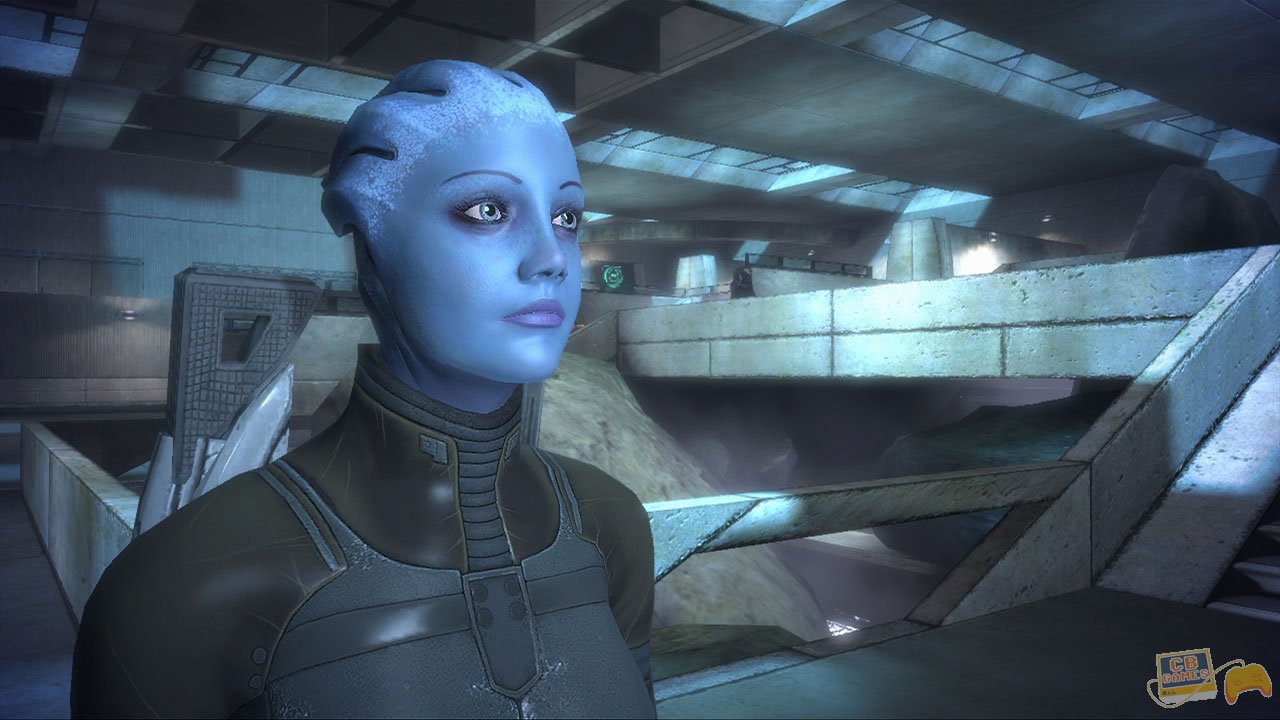
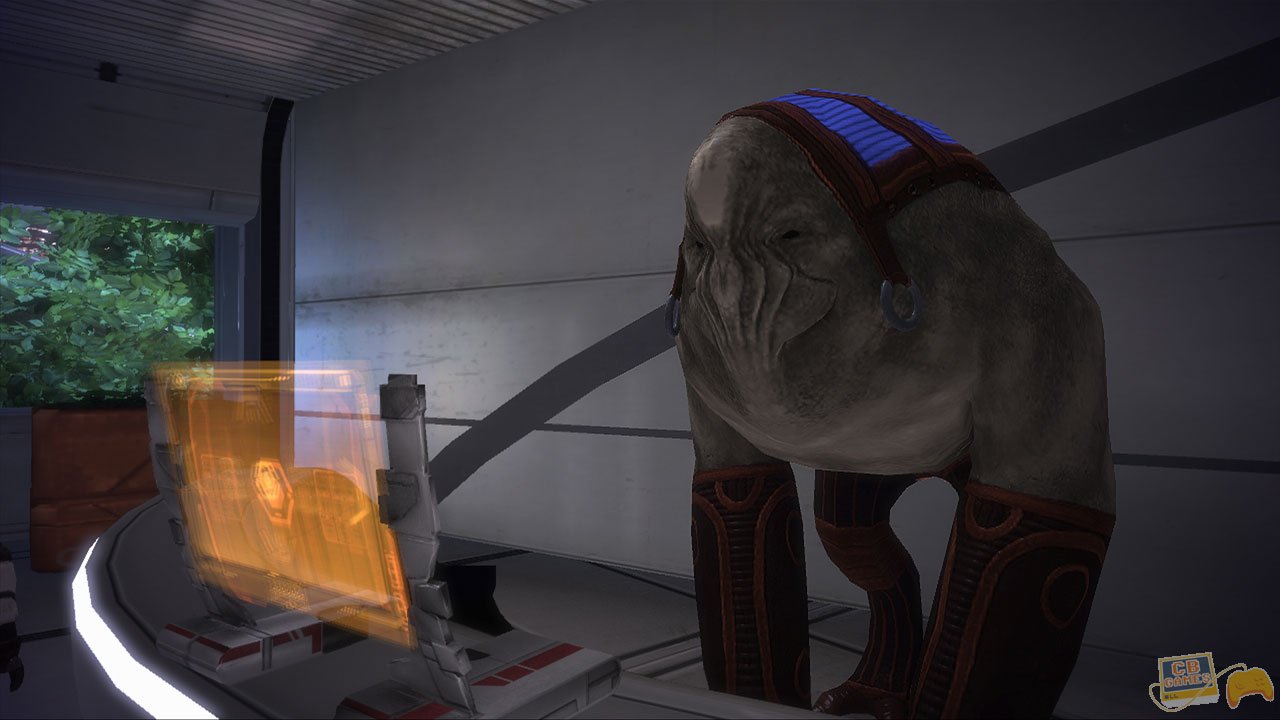
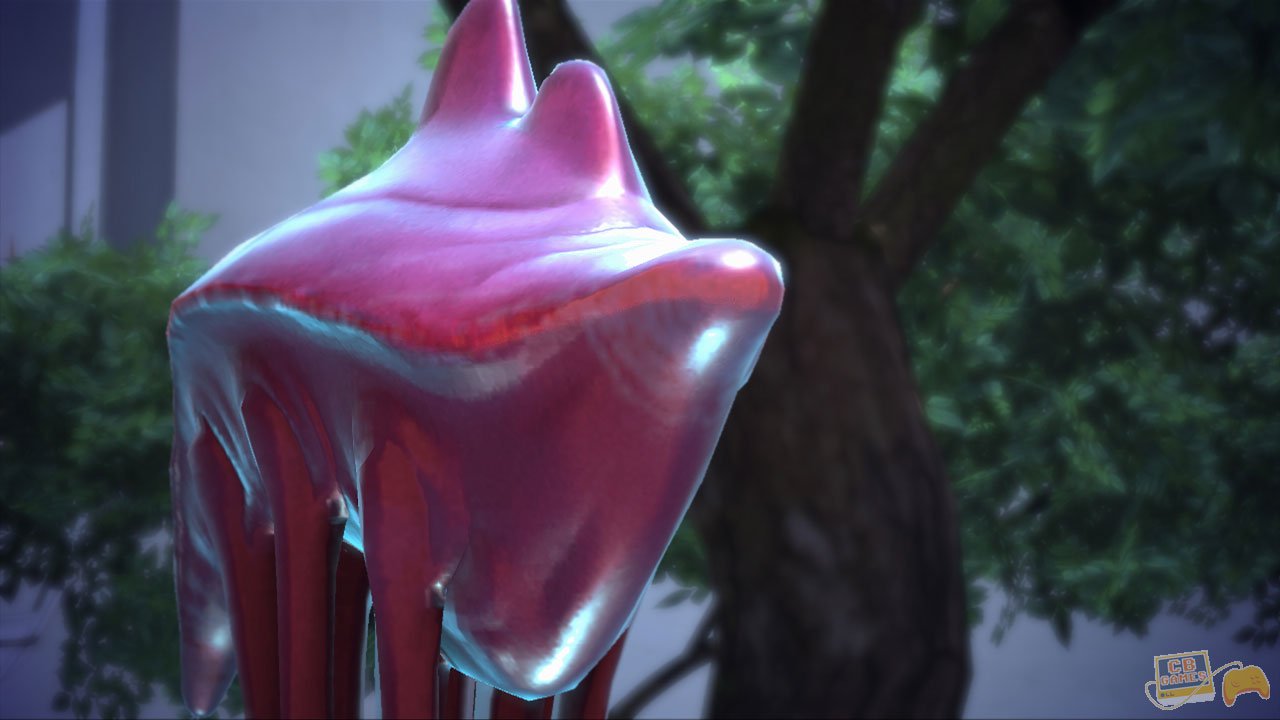
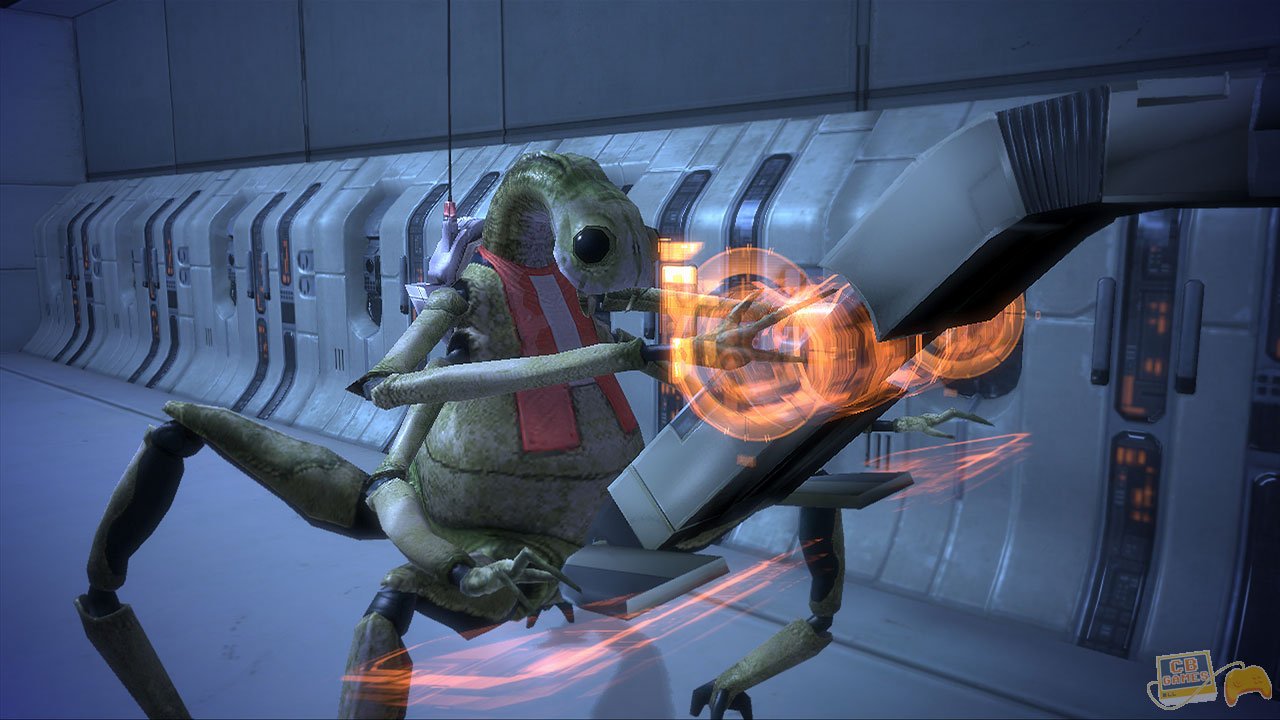
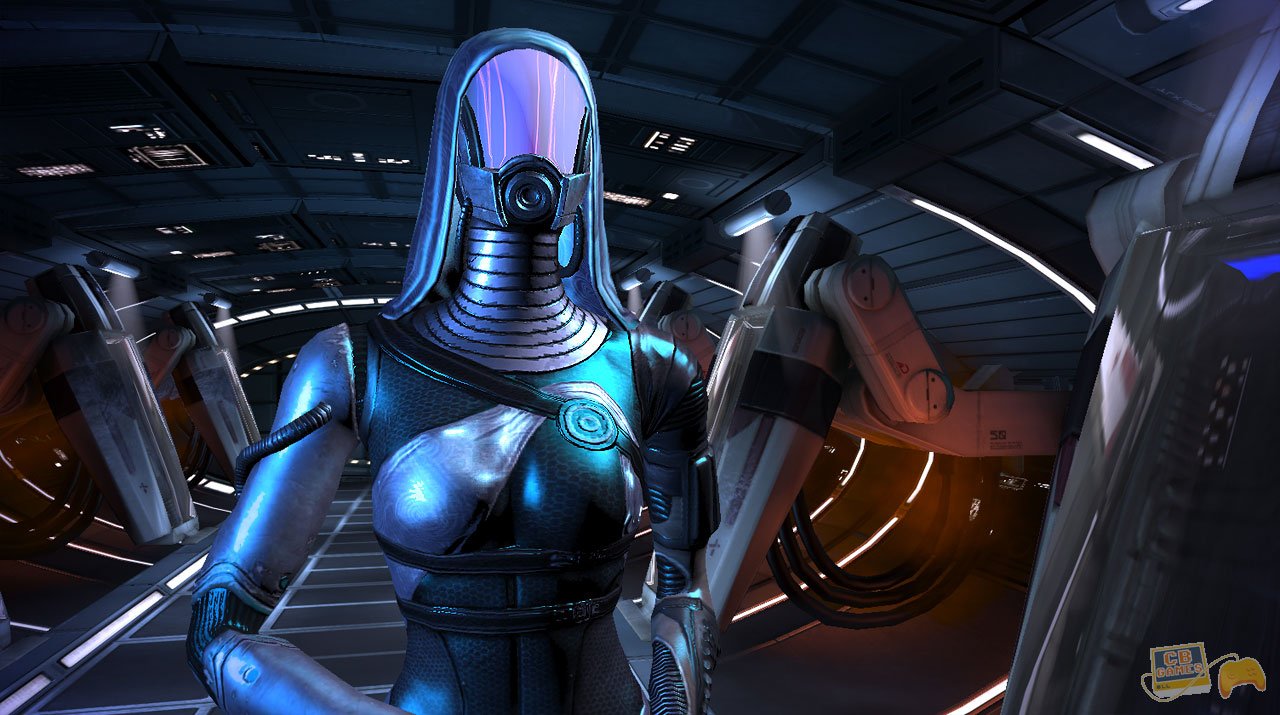

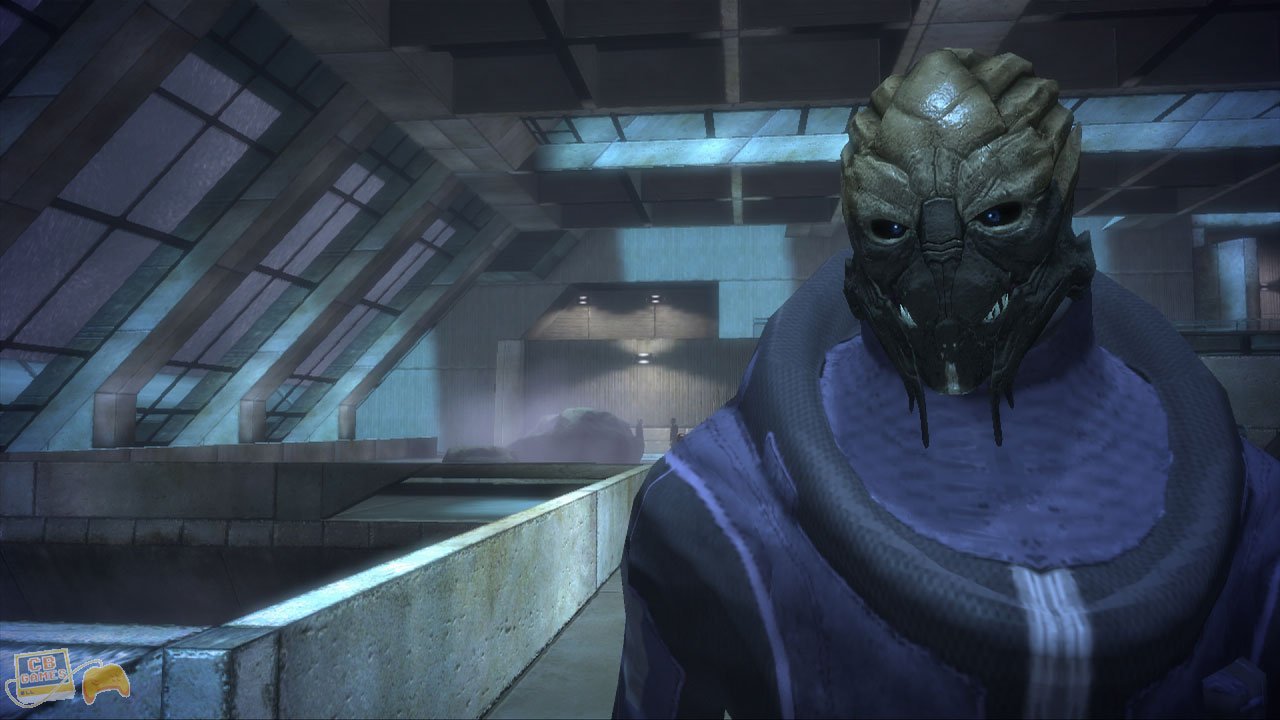
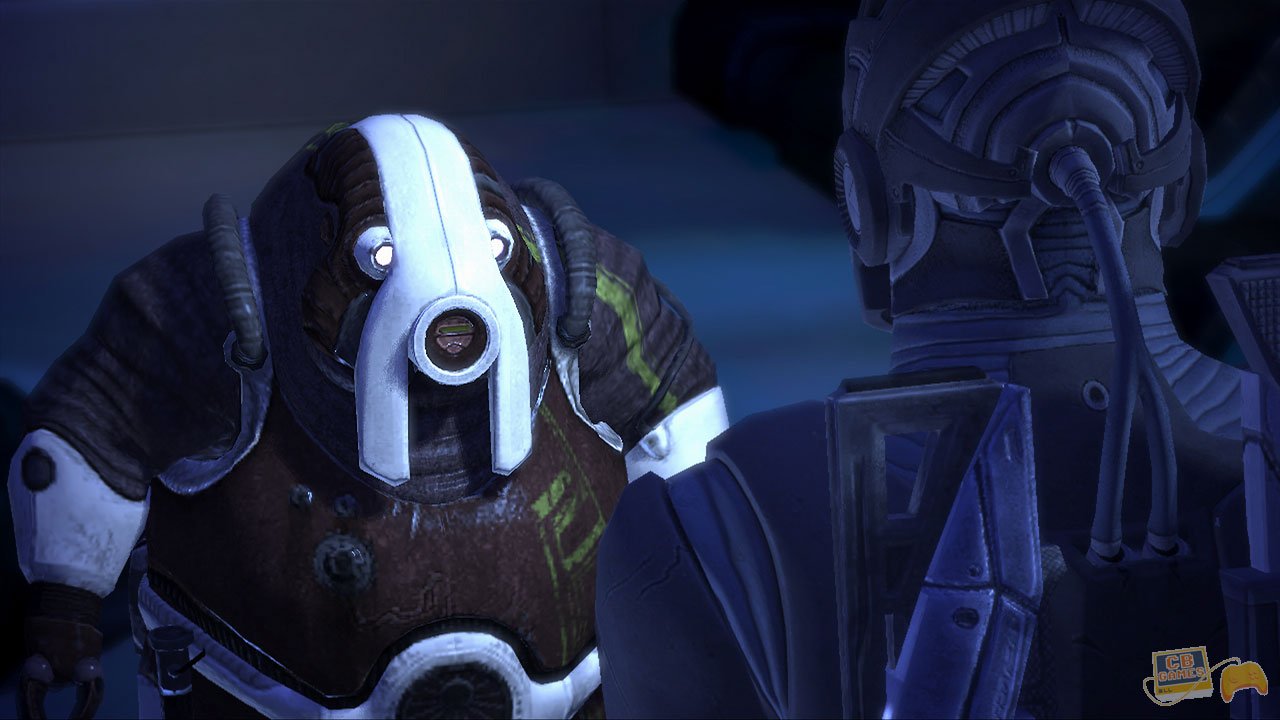
Staff Writer at CinemaBlend.

